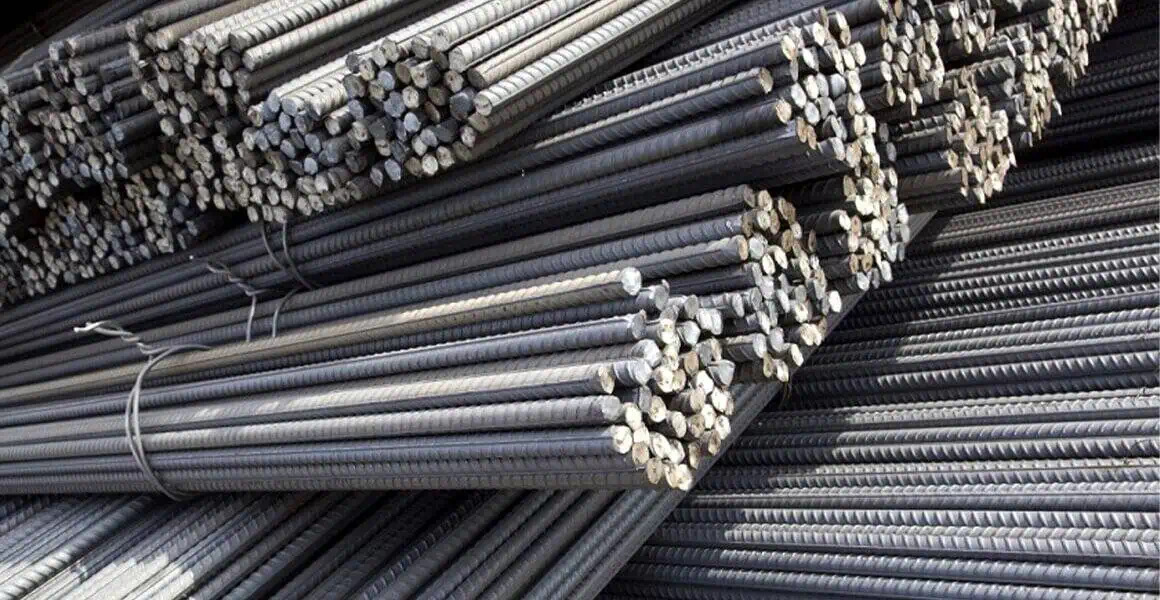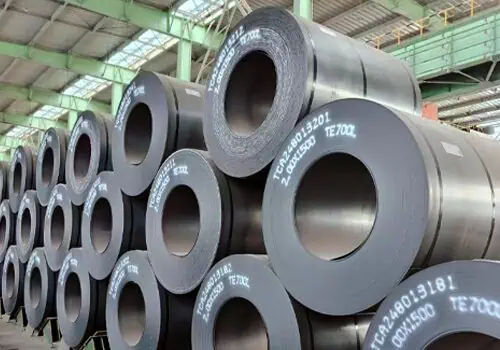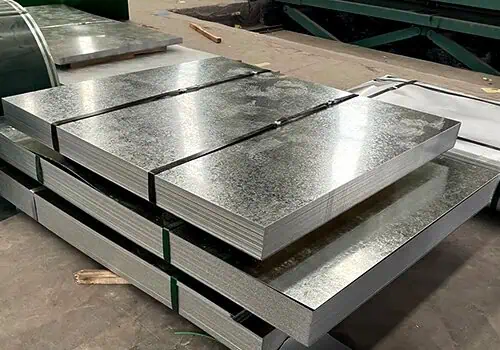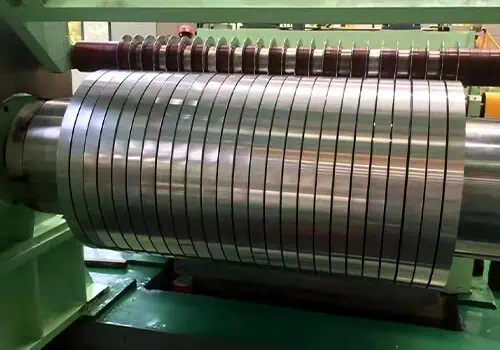Concrete may look strong, but cracks threaten safety. Ignoring rebar reinforcement risks durability. Understanding rebar meaning is the key to safe, long-lasting buildings.
What is rebar meaning in construction and why is it important? In construction, rebar refers to steel bars embedded in concrete to increase tensile strength, prevent cracks, and extend structural durability. This is the standard rebar definition construction, and it answers “What is rebar in construction?” By improving strength, steel rebar ensures buildings withstand heavy loads and environmental stress.
Now let’s explore common questions about rebars, their history, types, functions, and practical uses in construction projects.
What Is the Difference Between Steel and Rebar?
Many people confuse steel with rebar steel. While they are related, they are not identical. Understanding the distinction helps buyers and engineers make informed choices.
Steel is a raw material, while rebar is a processed product designed specifically for concrete reinforcement. The main difference lies in function and surface design.
Steel refers broadly to an alloy of iron and carbon, used in many industries. Rebar bar (short for reinforcing bar) is a steel rebar with ribs or deformations to grip concrete. While plain steel provides strength, rebar reinforcement is engineered to bond with concrete, preventing slippage and ensuring structural integrity.
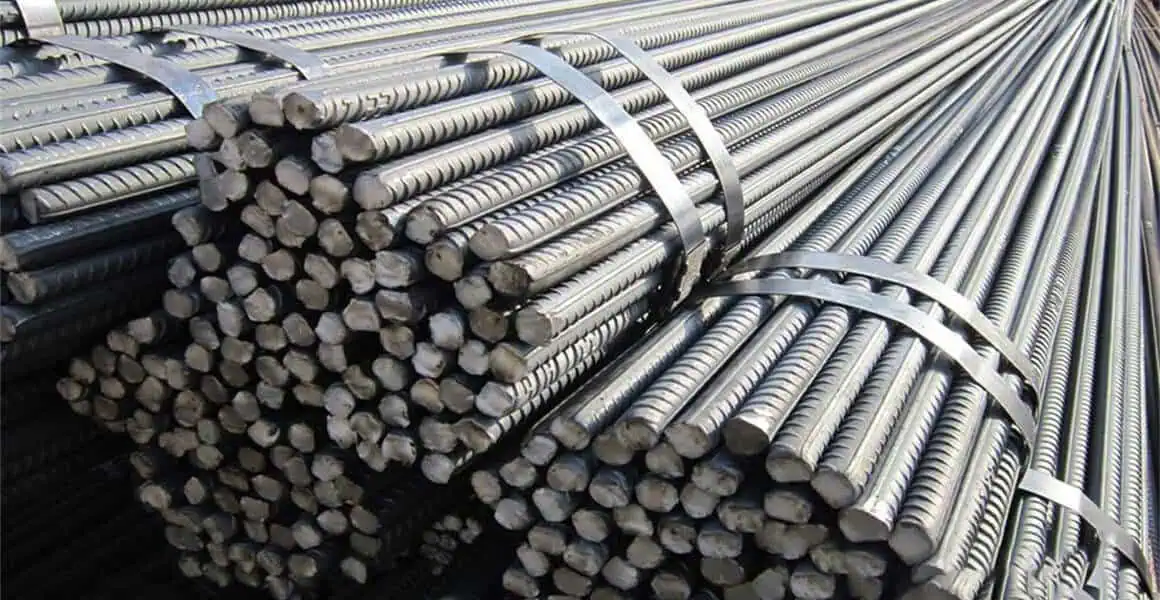
Why Are They Called Rebar?
Language matters. The name “rebar” comes from its purpose, which reflects its role in rebar construction across the world.
Rebar is short for “reinforcing bar.” The name highlights its job: reinforcing concrete by adding tensile strength where plain concrete is weak.
When people ask what is a rebar, the answer lies in the name. It is essentially a reinforcing steel rod. The term gained popularity in English-speaking countries, but its function is universal. In Spanish, it is often called “varilla de refuerzo.” No matter the language, the rebar definition always centers on reinforcement.
When Was Rebar First Used in Concrete?
Modern construction feels incomplete without rebars, but their use is not ancient—it started relatively recently in engineering history.
Rebar was first widely used in concrete during the 19th century, particularly in France around the 1850s, to improve structural resilience.
Before the 1800s, builders relied solely on stone or plain concrete. However, plain concrete has low tensile strength, which caused cracking. The introduction of rebar reinforcement transformed construction. Today, when explaining rebar meaning in construction example, historians point to bridges and buildings from the late 19th century that still stand due to steel rebar integration.
Why Is Rebar Used in Construction?
Concrete is strong under compression but weak under tension. This weakness makes rebar construction necessary in nearly all modern projects.
Rebar is used to enhance tensile strength, prevent cracking, and extend durability. In short, what does rebar do? It makes concrete much stronger.
Concrete alone may crumble under bending or stretching. Adding rebar steel compensates for this. When clients ask what is rebar used for, the answer is simple: to provide the tension resistance concrete lacks. Without it, infrastructure would be unsafe, and large projects like bridges and skyscrapers would be impossible.
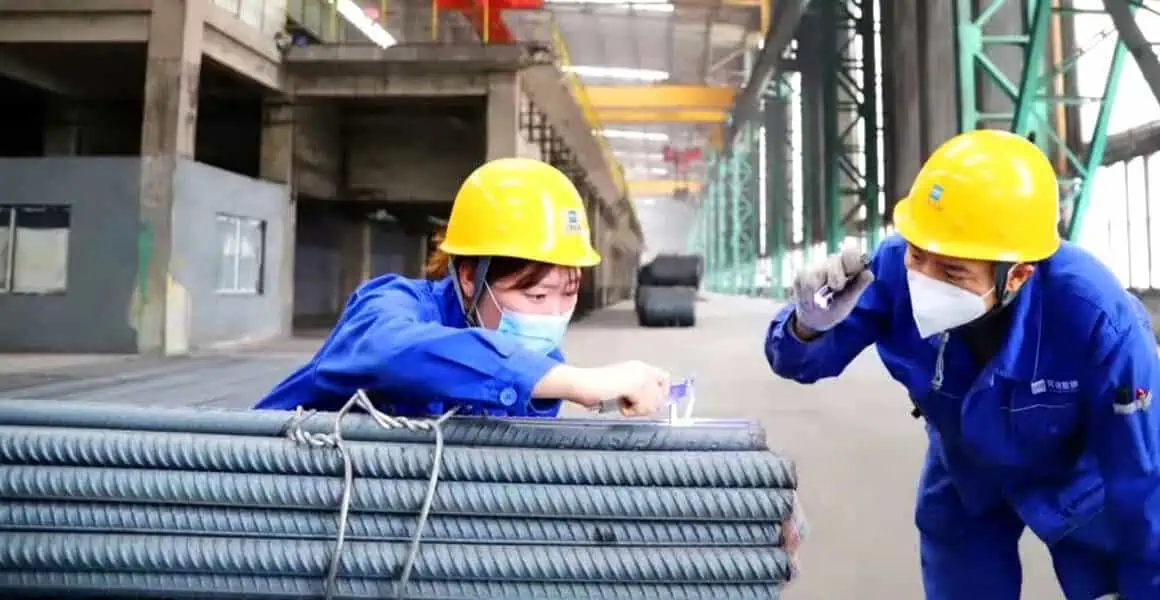
What Are the Different Types of Rebar?
Not all rebars are created equal. Different projects demand different types of rebar to suit environments, budgets, and technical needs.
Common types include carbon steel rebar, stainless steel rebar, galvanized rebar, epoxy-coated rebar, and fiberglass rebar. Each type serves unique construction needs.
Carbon steel rebar is the most common due to affordability. Stainless steel offers corrosion resistance for coastal environments. Galvanized rebar adds a protective zinc coating. Fiberglass rebar is lightweight and non-conductive, suitable for special infrastructure. Understanding rebar sizes and types ensures safe project planning.
How Does Rebar Improve Concrete Strength?
Strength is the essence of construction. The synergy between concrete and rebar reinforcement creates unmatched durability.
Concrete handles compression, while rebar handles tension. Together, they form a composite material capable of withstanding complex structural stresses.
This principle explains what is rebar steel used for. It ensures buildings endure earthquakes, traffic loads, and weather changes. For example, bridges rely on large rebar sizes for extra support. Without this partnership, even the best concrete would fail under bending forces.
What Happens If Construction Lacks Rebar?
Neglecting rebars is like gambling with safety. The consequences are costly and dangerous.
Without rebar, concrete cracks easily, loses structural integrity, and cannot bear heavy loads, leading to failure and unsafe conditions.
There are countless cases where skipping rebar reinforcement caused disaster. For instance, poorly reinforced pavements develop cracks within months. When engineers ignore what does rebar do, structures fail prematurely, raising costs for repairs and replacements. Thus, understanding rebar meaning in construction is not optional—it’s vital.
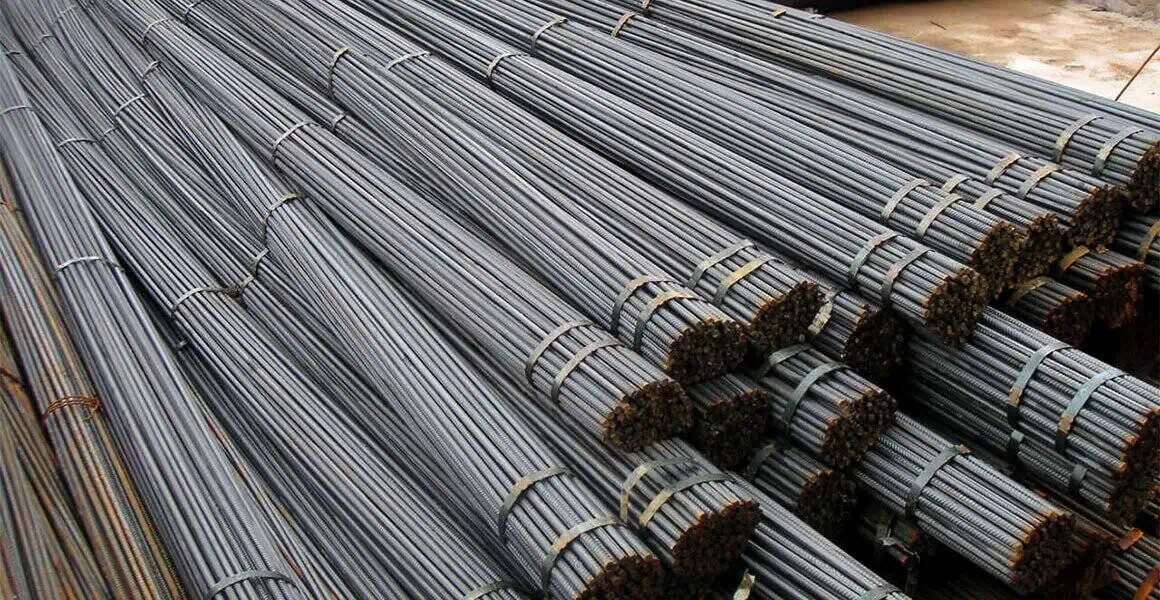
How to Choose the Right Rebar for a Project?
Selecting the correct rebars determines both safety and cost-efficiency in projects. Buyers should focus on project requirements and certifications.
The right rebar choice depends on load, environment, and budget. Always check quality standards, certification, and supplier credibility.
Clients often ask what is rebar in construction and how to pick it. Start by considering design loads, environmental exposure, and required durability. For example, a coastal project may demand stainless rebar bar to resist corrosion. Suppliers should provide rebar definition construction certifications such as ASTM or ISO.
How Long Will Rebar Last?
Durability is a key concern. The lifespan of steel rebar directly impacts the life cycle of a building.
Rebar can last over 50–100 years when protected by concrete and proper coatings, depending on environment and maintenance.
When considering rebar meaning in construction example, longevity matters. In normal conditions, rebars are shielded by alkaline concrete. However, in coastal areas or with deicing salts, corrosion may shorten lifespan. Using galvanized or stainless types of rebar can extend service life dramatically.
How Do You Cut Rebar?
Practical handling of rebar construction often requires cutting to size on-site. Safety and precision are critical.
Rebar can be cut with bolt cutters, saws, or hydraulic rebar cutters. Always use protective gear and follow safety protocols.
Contractors frequently ask about cutting methods after learning what is rebar. For small rebar sizes, manual cutters work. For larger steel rebar, power tools or hydraulic cutters are necessary. Proper cutting ensures that rebars fit project blueprints accurately, maintaining structural integrity.
Summary
Rebar meaning in construction is simple: it makes concrete stronger, safer, and longer lasting. Always choose quality rebars to ensure reliable, durable structures.

